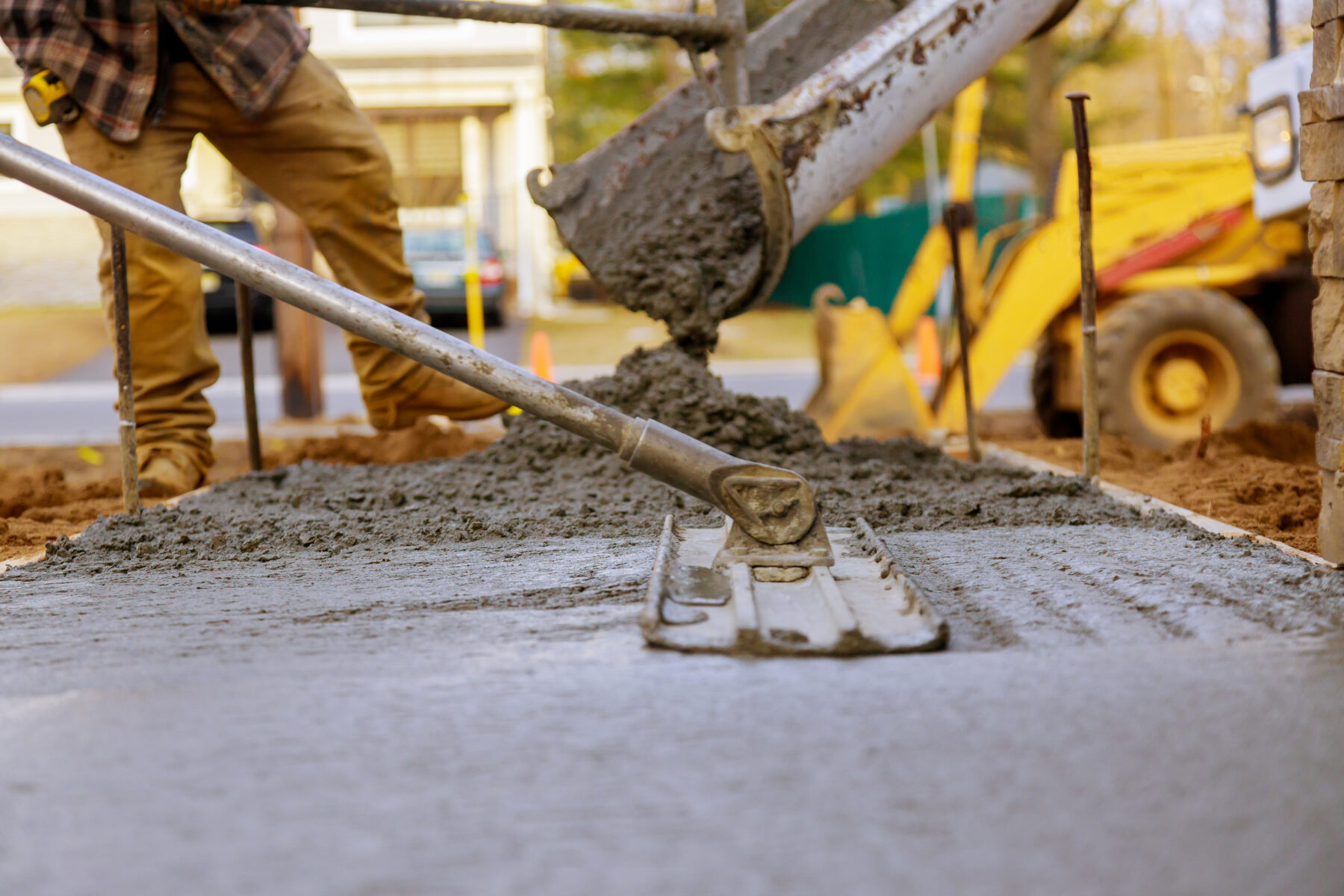Cold Weather Concrete Paving: Techniques to Preserve Strength and Durability
September 7, 2023

When winter’s chill arrives, many industries take a breather. But for those in construction, especially those dealing with concrete, cold weather poses unique challenges. Paving with concrete in lower temperatures can lead to various issues if not approached correctly. Fortunately, at RiverBend Materials, we believe in being prepared. Below, we will explore the intricacies of cold weather concrete paving and share techniques to preserve its strength and durability.
Why Is Cold Weather a Concern?
Concrete needs to retain a certain level of warmth to cure effectively. When the temperature drops, the hydration process of cement can slow down, leading to weaker concrete. If the temperature goes below freezing, the water inside the concrete can freeze, causing it to crack. Therefore, achieving durable and strong concrete paving in cold weather requires some different tactics.
Master the Basics First
Before diving into cold-specific techniques, it’s crucial to remember the basics:
- Preparation: Always ensure that the subbase is well-prepared and free from ice or snow.
- Material: Use quality materials. At RiverBend, we pride ourselves on providing only the best for our clients.
- Mixing: Never add extra water to the mix. Maintaining the correct water-cement ratio is vital for durability.
Techniques to Tackle the Cold
Now, let’s discuss the methods that are essential during cold weather:
- Use Hot Water: One simple way to counteract cold temperatures is to use hot water for mixing the concrete. This helps maintain an optimal temperature during the initial mixing process.
- Windbreaks and Heaters: If the weather is windy, set up windbreaks to prevent rapid cooling. Portable heaters can also be employed to ensure the concrete remains at a suitable temperature while setting.
- Insulating Blankets or Covers: These are vital tools. After the concrete is poured, use insulating blankets, or covers to retain the heat. They prevent the concrete from freezing and ensure steady curing.
- Accelerating Admixtures: Consider using chemical admixtures that speed up the setting time of the concrete. However, always consult with a specialist before choosing one, as not all admixtures may be suitable for your specific job.
- Monitor the Strength: Testing the concrete’s strength regularly will provide insights into its curing process. This ensures that it’s gaining strength as expected and allows for adjustments in the process if needed.
- Post-Pour Heating: External heat sources, like electric blankets or heated enclosures, can provide the concrete with the warmth it needs to cure effectively.
Cold weather doesn’t mean putting away the concrete mixer. With the right techniques and attention to detail, you can achieve durable and strong concrete paving even in lower temperatures. Always keep an eye on the forecast, prepare in advance, and use quality materials and techniques to tackle the challenges posed by the cold.
At RiverBend Materials, we understand the intricacies of working with concrete in all conditions. We’re committed to providing knowledge, quality materials, and support to ensure that every project, regardless of the weather, stands the test of time.
Remember: Concrete is as strong and durable as the care and technique put into it. Cold weather may be a challenge, but with the right approach, it’s one that can be readily overcome. Stay prepared, stay informed, and pave the way to success, no matter the temperature.

